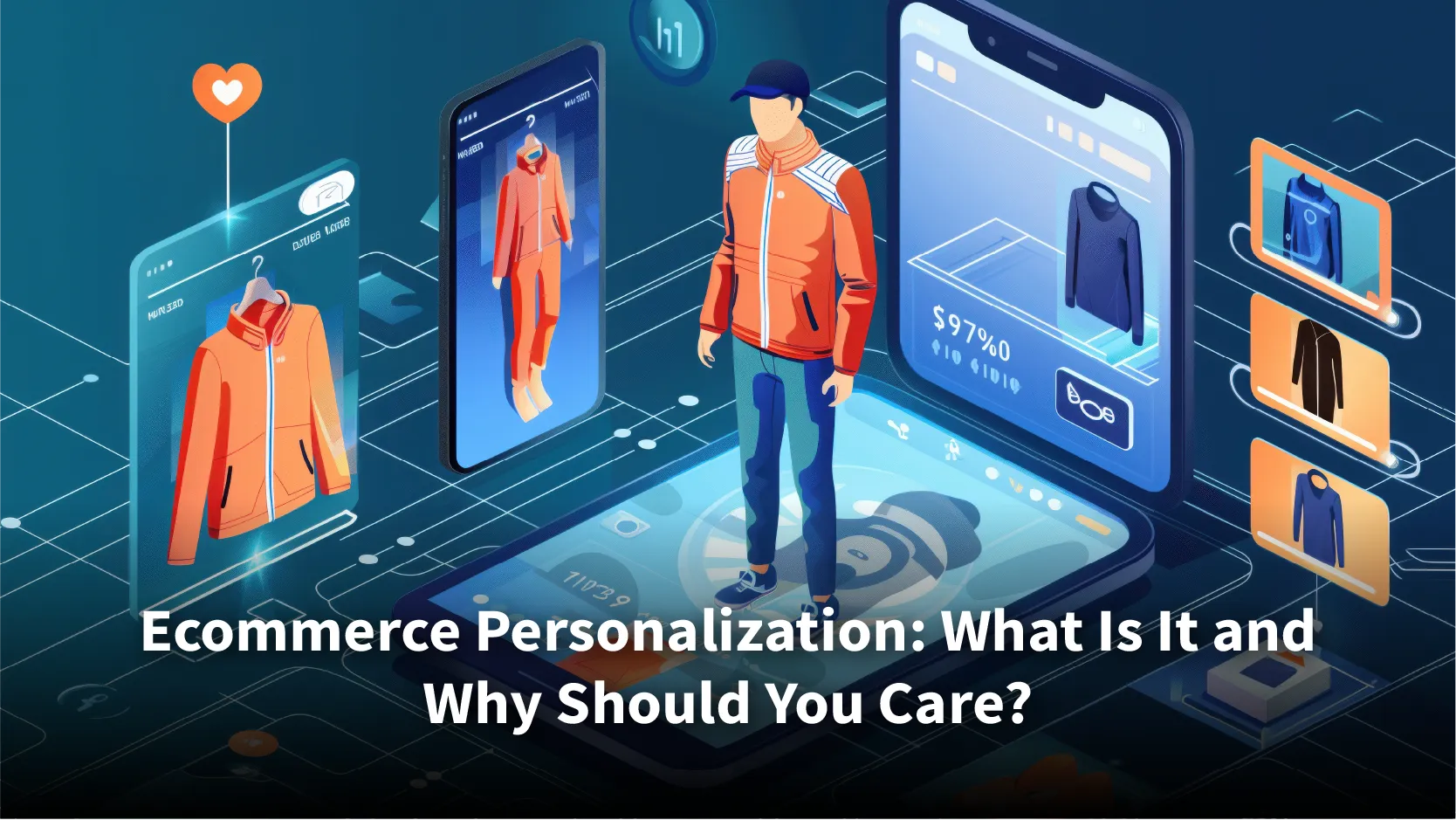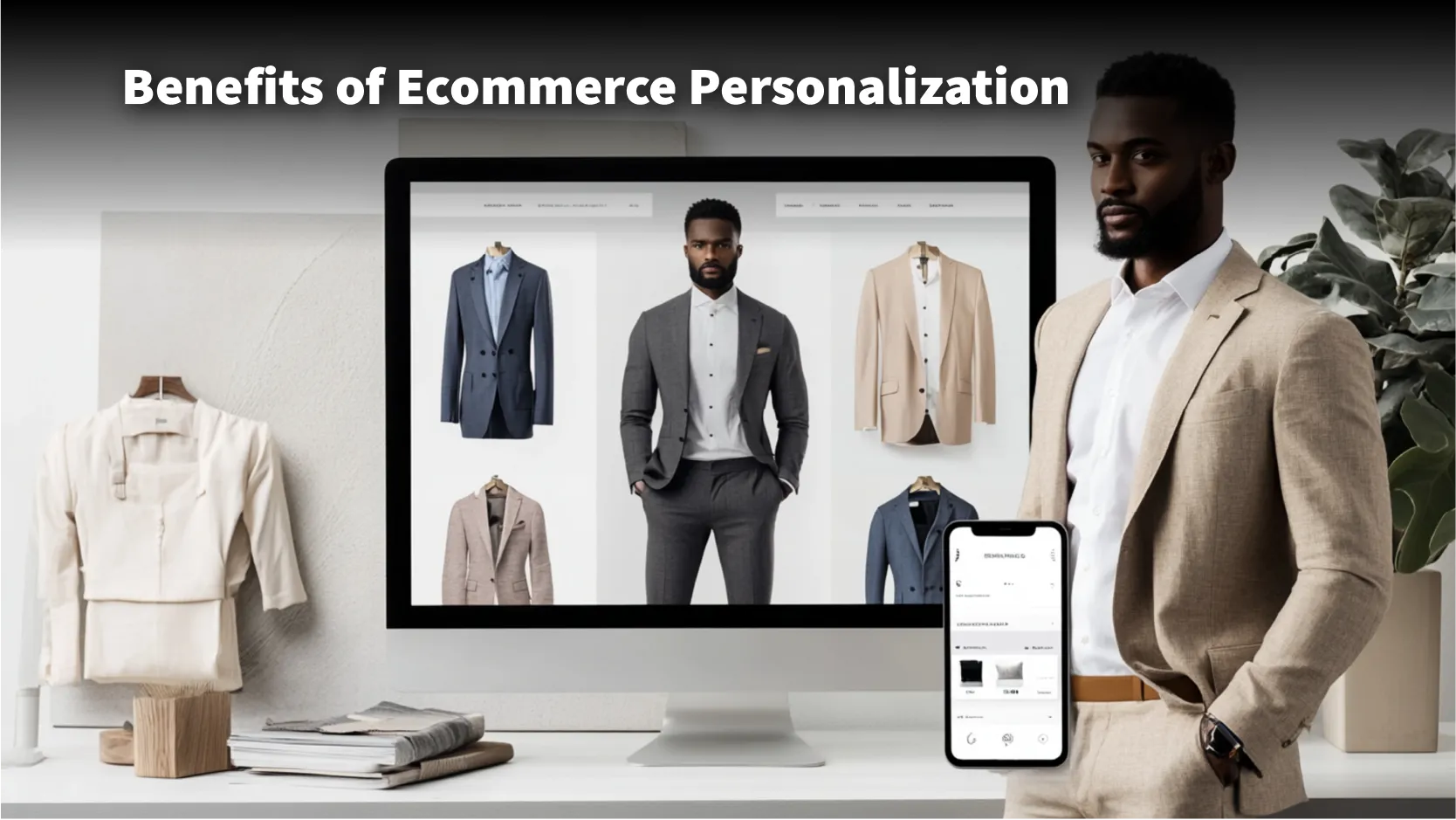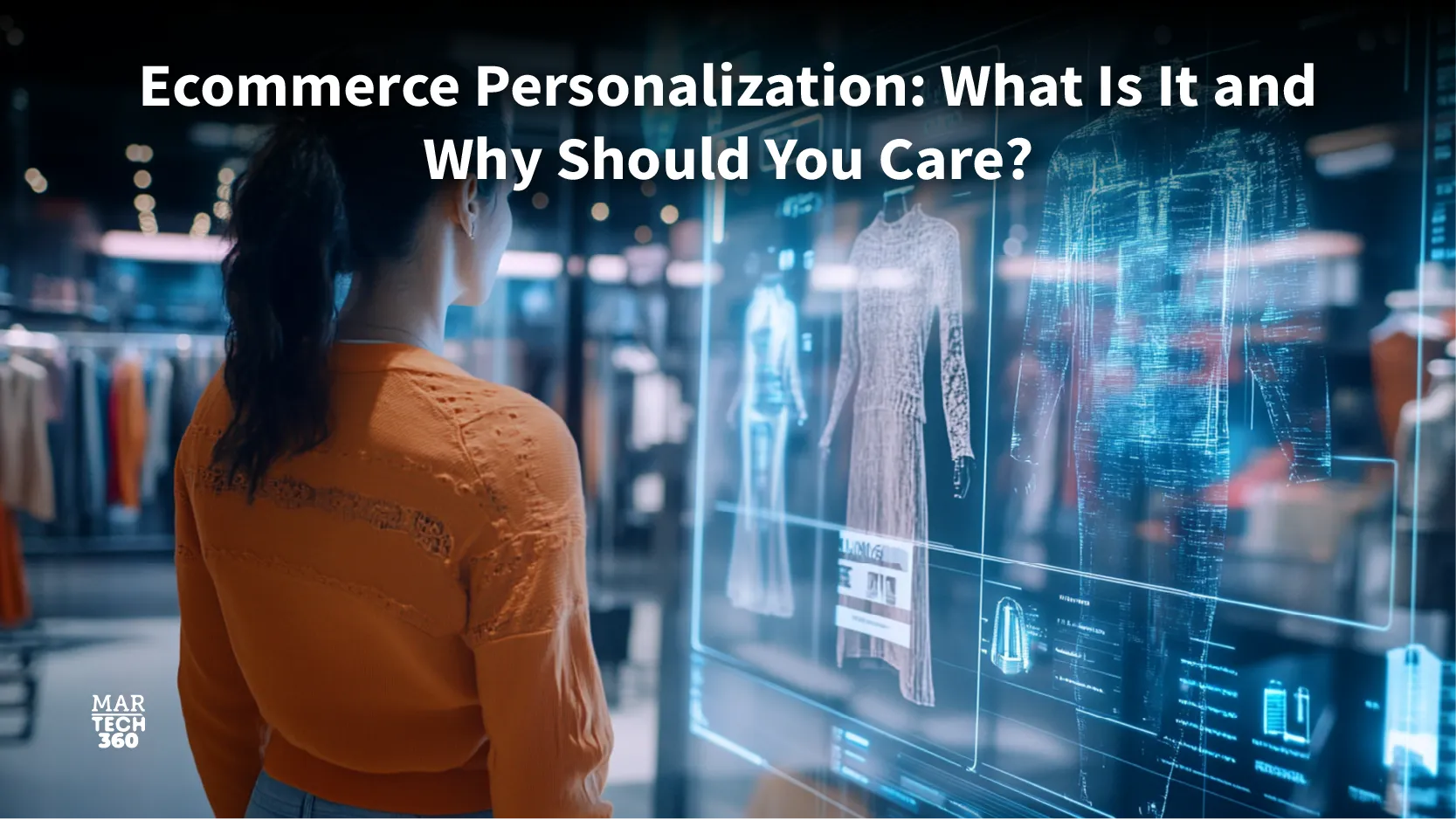Retailers are continuously searching for new and innovative methods to differentiate themselves from the competition, win over more loyal customers, and retain existing ones. Many are well aware that ecommerce personalization is one of the essential components needed to accomplish all of those things successfully.
But in the e-commerce space, companies like Amazon have already raised the standard so high that it takes a different strategy to compete. It’s obvious why customization is important: consumers want to feel acknowledged by brands. As a matter of fact, 80% of consumers are more inclined to buy from firms that provide personalized services. Transaction rates from personalized email campaigns are six times higher.
This guide’s here to help you nail ecommerce personalization strategies and put them into action on your site.
What is Ecommerce Personalization, and Why is it Important?

Ecommerce personalization is the process of using customer data to understand your business and provide experiences that are so contextually relevant and seem magical. Cross-channel, first-party, real-time data powers ecommerce personalization. It includes messages, content, site layouts, products, and more, and it covers both known and anonymous customers. Which raises the question, why is it so important?
Modern shoppers seek efficient shopping experiences that save time, eliminate unnecessary items, and facilitate the discovery of the things they truly want amidst a sea of options. They also want distinctive, customized shopping experiences that give them a sense of importance and value as clients, above all else.
Businesses will lag behind if they don’t provide unique, personalized experiences that increase consumer engagement and strengthen brand loyalty. A lack of personalization affects sales, with 66% of buyers indicating that encountering content that isn’t individualized will dissuade them from buying.
Personalization guarantees that the offers you make to your clients are pertinent. Using e-commerce customization, you can provide each customer VIP treatment. In order to give each site visitor a personalized experience, personalization platforms employ AI and machine learning-driven algorithms to observe onsite activity and consumer data points in real-time. For this reason, 83% of customers are open to sharing their data in order to receive a personalized experience.
Also Read: Avoid These 8 Common Dropshipping Mistakes for Better Profit Margins
Benefits of Ecommerce Personalization

Personalized marketing does work, as B2C marketers have long recognized. Whether your business sells to businesses in the B2B or B2C sectors, offering ecommerce personalization is essential since more and more B2B customers want the same online shopping experience that they get from B2C businesses.
Customers can reduce their options with the use of carefully curated product recommendations, discounts, and deals. Because there were too many alternatives on a website, almost 40% of users ended up leaving the site. Offering a broad range of products that appeal to various demographics means that your website needs to give users the ability to filter content and view recommendations that have been carefully chosen.
It’s no secret that personalization generates loyal customers and increases revenue, but how can you improve audience outreach? Let’s take a look at it.
Building Effective Personalized Ecommerce Strategies
It is unusual that ad hoc personalization works. A purposeful and coordinated effort is required. For optimum impact, it must be carefully considered.
You must take a step back before incorporating personalized marketing into your e-commerce approach. Though it’s important to have a notion of the ecommerce personalization strategies you want to use, you also need to be flexible and let past performance guide your future decisions.
Here’s a look at how you can weave personalization into your ecommerce game plan.
1. Map Out Your Personalized User Journey for ecommerce
Draw out each step of the user journey, and examine the performance metrics associated with each funnel you are presently using. Examine the moments during the customer journey when the customer stops interacting with the cart. Determine the areas that can be personalized.
2. Combine Customer Data to Gain More Insights
To gain more insight into your customers, gather and compile purchase and behavior data. Behavioral targeting in ecommerce personalization works like magic. Create client profiles and combine data to produce enlightening, user-friendly visuals that facilitate analysis and provide important insights into consumers’ purchasing habits.
3. Determine Customer Segmentation and Targeting Strategies
Divide up your consumer base according to their demographics, purchasing habits, and levels of interaction. Next, create focused marketing plans that will increase interaction, encourage brand loyalty, and increase conversion rates.
4. Select the Appropriate Personalization Techniques for the Task
The basic idea behind ecommerce personalization is that there isn’t a one marketing strategy that works for everyone. Likewise, the success of personalization strategies will differ according to the particular customer and circumstance. To encourage consumer involvement, businesses must select the appropriate personalization tactics (such as product recommendations, website personalization, or abandonment campaigns).
5. Track Results and Adapt Your Strategy
It will be hard to determine what is and isn’t working with your personalization attempts without accurate information on their success. Measure every aspect of your business to compare and evaluate the effects of various campaigns and techniques. Then, adjust your approach to increase engagement and retention while cutting expenses.
Examples of Ecommerce Personalization
● Amazon’s delivery info for specific locations
It is not surprising that Amazon has made significant investments in personalization. Their shipping information is one method they offer a personalized experience. They have all the information necessary to create an accurate estimate because they are aware of the item’s location and where you want it to be.
This degree of specificity reduces consumer concerns. In the event that they require the product at a particular moment, it also aids in their planning selections.
● Sephora totally aced personalized and guided shopping
Sephora has led the way in ecommerce personalization over the past ten years by offering a wide range of customization options to consumers. They have topped Sailthru’s Retail Personalization Index for the previous five years because of this.
Sephora is aware that every customer is different when it comes to their skin tone and hair type, which influences the goods they are drawn to. Cosmetics are also highly customized for each individual utilizing them. Additionally, customers would purchase more from Sephora the more relevant product options they are able to present to them.
For this reason, Sephora uses quizzes to collect relevant data about their consumers’ interests. Predictive analytics in conjunction with it allows Sephora to give each of its consumers a personalized experience.
However, Sephora also succeeds with its Beauty Insider Club loyalty incentive program. Members of this program can receive personalized benefits, such as free birthday gifts every year, exclusive promotions, and reward points that can be used for merchandise!
The Final Word
Providing a personalized user journey for ecommerce has become the norm in the industry and is essential for any company looking to distinguish from the competition and draw in and retain customers.
In order to achieve ecommerce personalization, you must first gather consumer data, identify your primary user segments, analyze the data to determine the purpose of each segment’s customers and provide customized buy paths for each group.


Comments are closed.